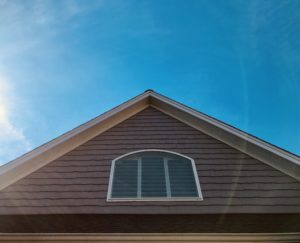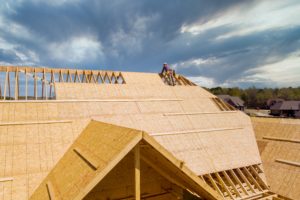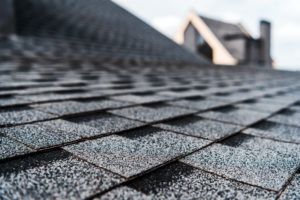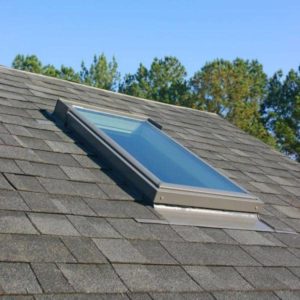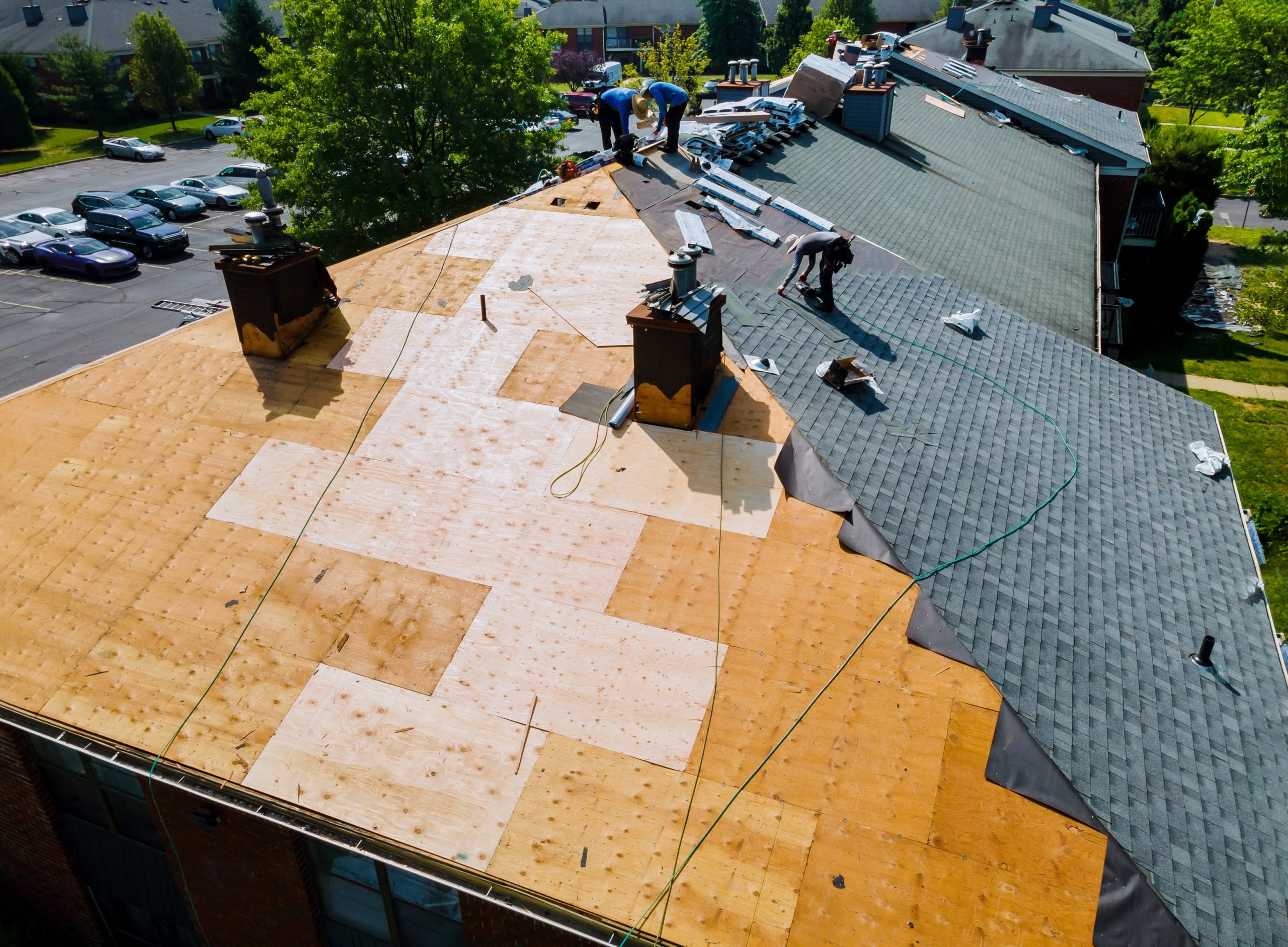
The Geometry
A roof is one of the most critical parts of a house; it protects the home from the elements and can cause damage to the interior if not maintained correctly. A roof comprises; different utilities, geometric shapes, and design elements. Each aspect has a unique purpose, and in this series, we’ll be learning about the entire anatomy of a roof and every layer that makes it function.
Understanding roofing systems will help you realize your home improvement goals and will help you communicate with your contractors. First, let’s start with the different shapes you commonly see when looking at a roof; identifying these aspects of the roof system will help you communicate your project goals with your roofer.
The Gables
Gabled roofs are the kind of roofs you probably liked to draw when you were a kid. They have two sloping sides that intersect to form a ridge, and this triangular section is the first line of defense against the elements.
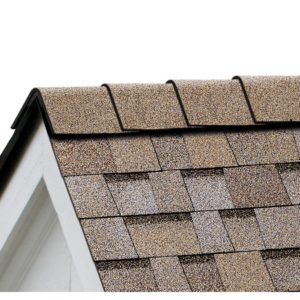
The ridge.
The ridge is the highest point of the roof, and it runs along the entire length of the home. It serves as the gable’s top point, it helps support the roof’s weight, and typically has openings called “Ridge Vents” that let air through the attic.
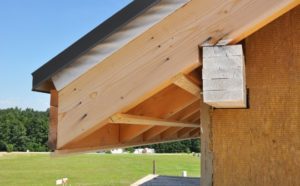
The Eaves
The eave refers to the edge of a roof that extends beyond the wall face; it forms an overhanging structure that diverts rainwater from the sides of the house. The soffits line the Eaves; we’ll talk about those next.

The Hip
The hip roof is a style of roof that slopes back from all four sides. This roof style is more prevalent in colder climates because it helps keep the house warmer. A hip roof achieves the same goal as a gabled roof in that it also diverts water and snow.
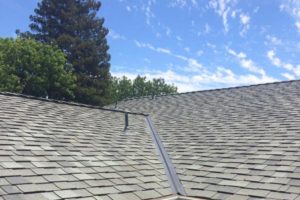
The Valley
The valley is the low point on the roof where two slopes meet. The Valley allows water to collect and flow off the roof, so it is essential it’s clear of debris.
Now let’s move on…
Now that you have a basic grasp of the shapes, we can move on to the individual components of a roof like soffits, fascia boards, and flashings. In the next post we’ll be diving into the utilities that allow a roof system to function.

